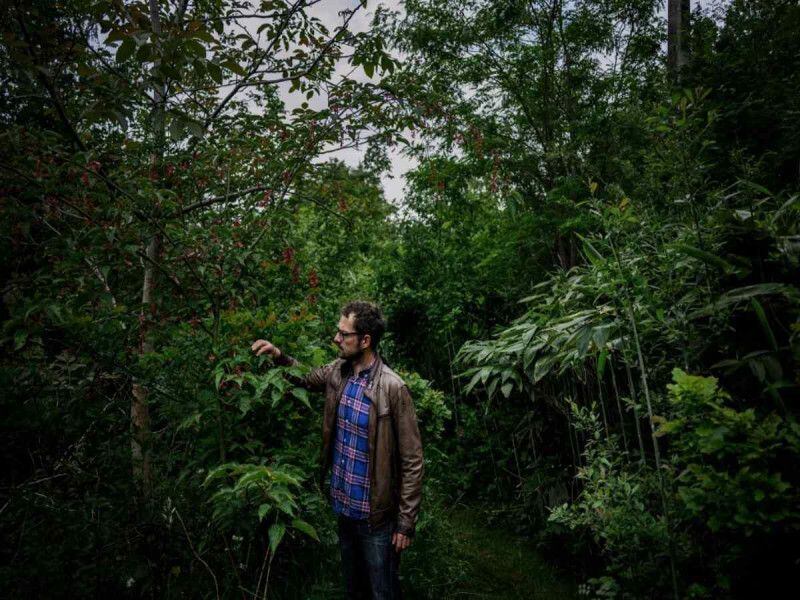
Mahogany leaves, daisy flowers and gingerbread with acorn flour, among other delicacies, are found in the Bresse edible forest in eastern France, that offers everything that the human being needs to feed himself respecting the planet.
“What do you eat here? Everything around you”, says Fabrice Desjours as he runs his hand through a lush vegetation chaos made up of tangles of lianas, plants and shrubs, dominated by trees of surprising origins.
“This Japanese dogwood produces amazing fruits that can be eaten”says Desjours, pointing to a tree with magnificent starry white flowers. “And yes, it resists temperatures down to -20ºC”. adds the founder of Forêt Gourmande (FoGo, gourmand forest).
“This is a sasa bamboo. Small shoots are eaten. Sautéed are delicious… This is a Chinese mahogany with which we make wonderful pestos”he says as he shows the hesitant visitor the rust-green leaves that give the delicious impression of biting into a slightly nutty onion.
Then, pointing to the plant-carpeted floor, he says: “That’s tares, a wonderful vegetable. And there is the aralia, an Asian vegetable, restaurateurs love it”.
More than a thousand species are cultivated on the 2.5 hectares of FoGo planted in the Bresse region, in Burgundy, at the exclusive initiative of Desjours.
With his straw hat and gardener’s hands, this former nurse with a passion for plants “from childhood” he enjoyed finding in the forest the “calm” that his work denied him.
As a globetrotter, he discovered on his travels that agroforests feed the people in Sumatra, Costa Rica and Comoros. “The locals would go into the forest and return ten minutes later with baskets full of delicious things. There was plenty of food.”remember.
without irrigation
“I also wanted to create my oasis”he says, and in 2010, after studying agroforestry, he bought a few hectares of desolate meadows and planted his gourmand forest with his own hands and financial means.
“The idea was really to make a forest to eat, without erosion or soil treatment,” explains to AFP.
Apart from the first years of planting, it does not need watering. The FoGo is planted “with varieties resistant to drought”but also because “retains water in the soil” thanks to a combination of specific plants that enhance biodiversity, explains Desjours between the songs of the birds.
It started as a one man dream, but FoGo became a laboratory of “forest-gardens” that “all” they want to imitate in Normandy, Lille, and Toulouse. In height or in plain. In flood or dry areas, the non-profit association created in 2018 to support the edible forest currently advises some 50 projects per year and trains “five to 600 people”.
“The interest is huge”confirms Geneviève Michon, an agroforestry expert at the Development Research Institute.
“It came to us from the tropics”says the researcher. “He arrived to Europe 30 years ago, first to the UK. In France it took a long time: when I wanted to investigate the subject in the 1980s they told me ‘agroforestry has no future’”, remember.
“Today people are rediscovering the idea that we can eat from the forest. It came into vogue because people are realizing the enormous cost of factory farming.”add.
Suddenly, in the edible jungle, Fabrice Desjours screams “to the table!” with arms loaded with “super salad” white gallium, street grass, glechoma… accompanied by a Chinese yam puree and, finally, gingerbread with acorn flour. All washed down with Japanese rose tea.
“Starter, main course, dessert”he says with satisfaction. “Yes, with the forest you can make a complete meal”he concludes satisfied.
Source: AFP
Source: Gestion
Ricardo is a renowned author and journalist, known for his exceptional writing on top-news stories. He currently works as a writer at the 247 News Agency, where he is known for his ability to deliver breaking news and insightful analysis on the most pressing issues of the day.











